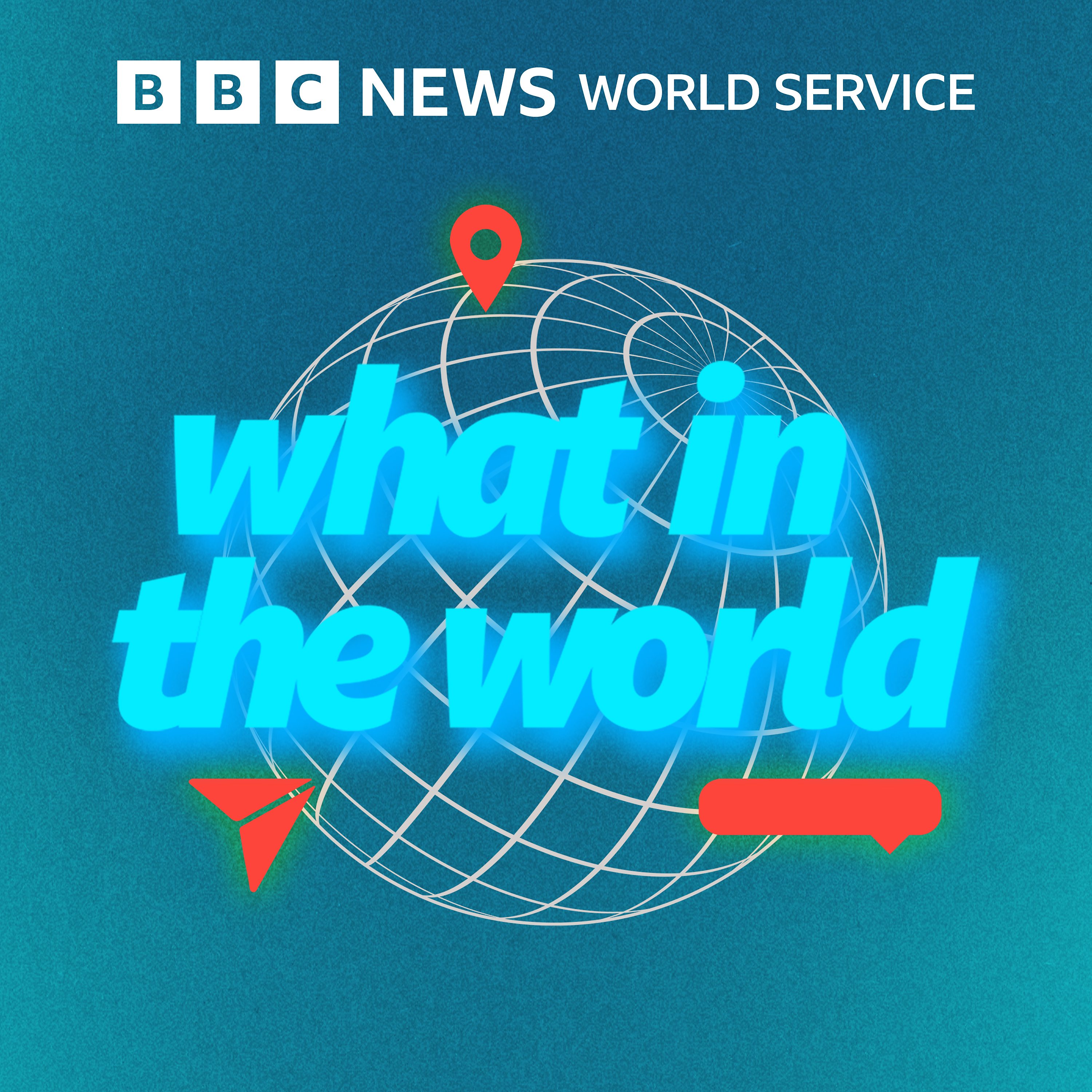
Tibet earthquake: What we know so far

What in the World
Deep Dive
What is the magnitude of the earthquake that struck Tibet, and how many casualties have been reported?
The earthquake that struck Tibet had a magnitude of 7.1. At least 126 people have died, making it one of the deadliest earthquakes in recent years.
Why is access to information about the earthquake in Tibet limited?
Access to information is limited because Tibet is a highly restricted autonomous region of China. Foreign media cannot travel there without government permission, and internet access is tightly controlled. Most information comes from Chinese state media.
What challenges are rescuers facing in Tibet following the earthquake?
Rescuers are facing freezing conditions, with temperatures dropping to minus 18°C (0°F). The remote location and damaged roads initially hindered rescue efforts, though roads have since been reopened. Hypothermia is a significant risk for survivors trapped under rubble.
How does this earthquake compare to previous seismic events in the region?
This earthquake is one of the worst in terms of casualties. The region is prone to earthquakes due to its location on a geological fault line where the Indian and Eurasian plates collide. Major earthquakes have occurred in the area before, including the 2008 Sichuan earthquake and the 2023 Qinghai earthquake.
What is the significance of Shigatse, the epicenter of the earthquake?
Shigatse is one of the holiest sites in Tibet and is significant in Tibetan Buddhism. It is the traditional seat of the Panchen Lama, the second-highest spiritual leader after the Dalai Lama. The monasteries in Shigatse reportedly remained undamaged by the earthquake.
What are the concerns about glacial lakes in the aftermath of the earthquake?
There is concern that the earthquake could trigger glacial lake outburst floods. Melting glaciers due to climate change have formed glacial lakes, and the dams containing them could be damaged by tremors, releasing large amounts of water. This has happened before in the region.
How is the Chinese government responding to the earthquake in Tibet?
The Chinese government has mobilized rescue efforts, with President Xi Jinping calling for an all-out effort to save survivors. Social media has shown local residents and rescue workers digging through rubble with bare hands due to the remoteness of the area. Neighboring provinces are also contributing to relief efforts.
What is the historical context of Tibet's status as an autonomous region?
Tibet was historically a separate kingdom with periods of independence. In 1950, China's People's Liberation Army asserted sovereignty over the region, and in 1951, the Seventeen Point Agreement designated Tibet as an autonomous region. While it theoretically has self-governance rights, the central government in Beijing retains control over critical issues like politics, security, and economic development.
- 7.1 magnitude earthquake in Tibet
- At least 126 deaths
- Hundreds rescued
- Harsh climate and remote location hindering rescue
Shownotes Transcript
Tibet was struck by a powerful 7.1 magnitude earthquake on Tuesday. It’s been reported by Chinese state media that at least 126 people have died, making the quake one of the deadliest in recent years. The epicentre of the earthquake is near the Nepal-Tibet border, some hundred miles away from the holy city of Shigatse. More than 14,000 rescue workers are working to find survivors.
Much of what we know about the quake is from Chinese state media, as Tibet, which is considered an autonomous region of China, is highly restricted, and access by foreign media is tightly controlled. Shawn Yuan from the BBC’s Global China Unit, tells us what we know so far about the rescue efforts and why there’s limited information.
Instagram: @bbcwhatintheworld Email: [email protected] WhatsApp: +44 0330 12 33 22 6 Presenter: Iqra Farooq Producers: Emily Horler and Benita Barden Editor: Verity Wilde